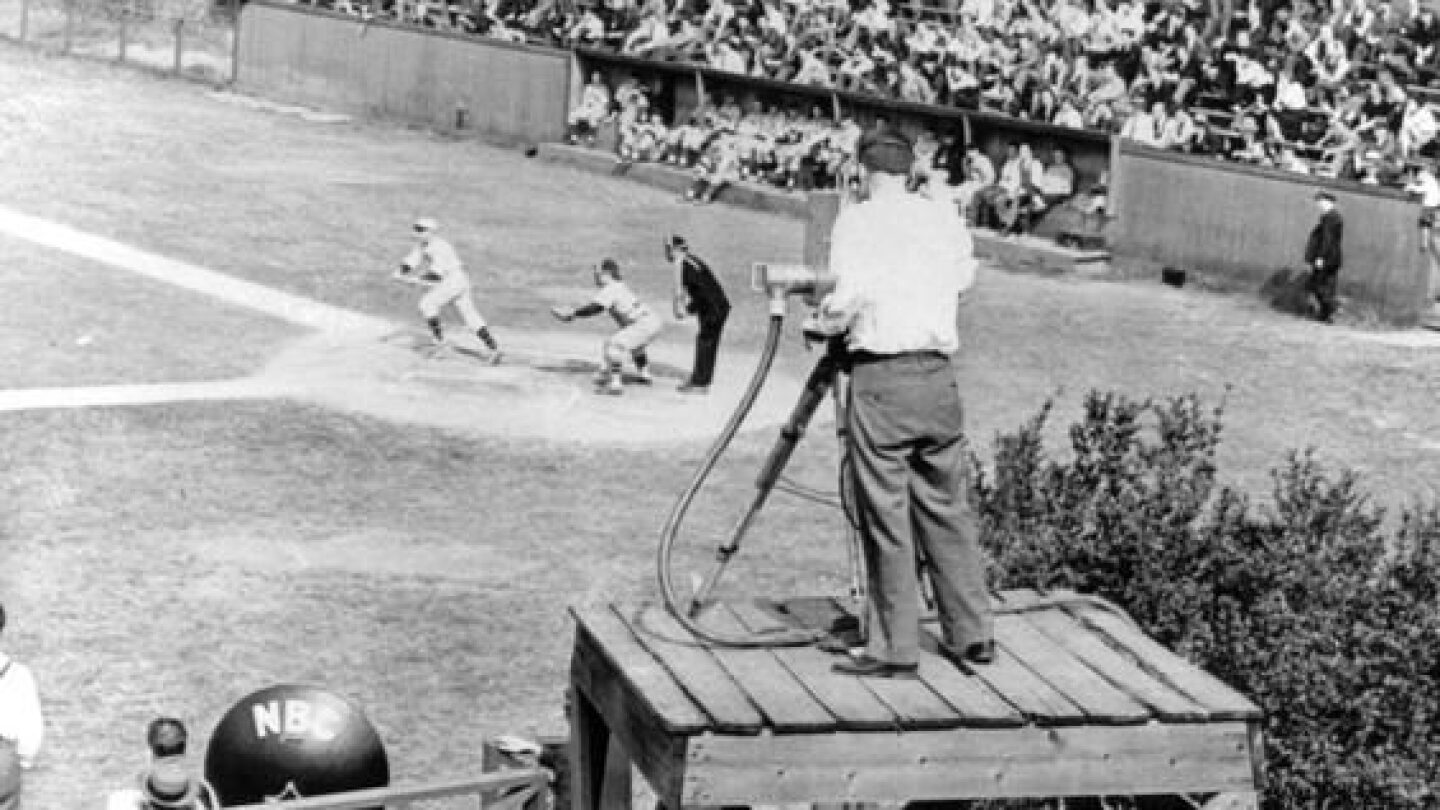Even though I am most interested in writing, the history of radio and television news fascinates me. I also know very little about sports, but I found it interesting to learn about their influence on the development of broadcast.
A boxing match was the first sport broadcast
over the radio in 1921. It was an excellent choice for this first broadcast
because boxing is easy to follow along with narration because there are only
two participants. It was a great boon to the broadcasting industry, too, as
interested sports fans who couldn’t attend in person could still listen in and participate.
The impact of sports on radio
listenership was further demonstrated in the same year. In October, the match
between the University of Pittsburgh and West Virginia University became the
first college football game to be broadcast. The excitement about football was
palpable, and it rapidly increased radio listenership. The advertisements in
the broadcasts not only earned extra income for both the colleges and the
stations but also highlighted the commercial potential of sports broadcasting.
When TV was introduced, already-existing
worries that people would stop attending games flared more than during the
radio era. Athletic departments were afraid that if people could watch from the
comfort of their own homes, no one would want to go to the stadiums anymore.
However, these fears were unfounded,
as many people still wanted to see the games in person, considering them a
special event and outing. Advertising on television also gave a fantastic boost
to sports programs. The first game on TV was a baseball game, Columbia vs. Princeton,
in 1939.
I learned that sports and
journalism are highly intertwined in history and current practices. Without journalism,
sports would never have become the massive, culturally changing industry it is.
Without sports, journalism would have less appeal to the masses, and a massive job market would never exist.



No comments:
Post a Comment